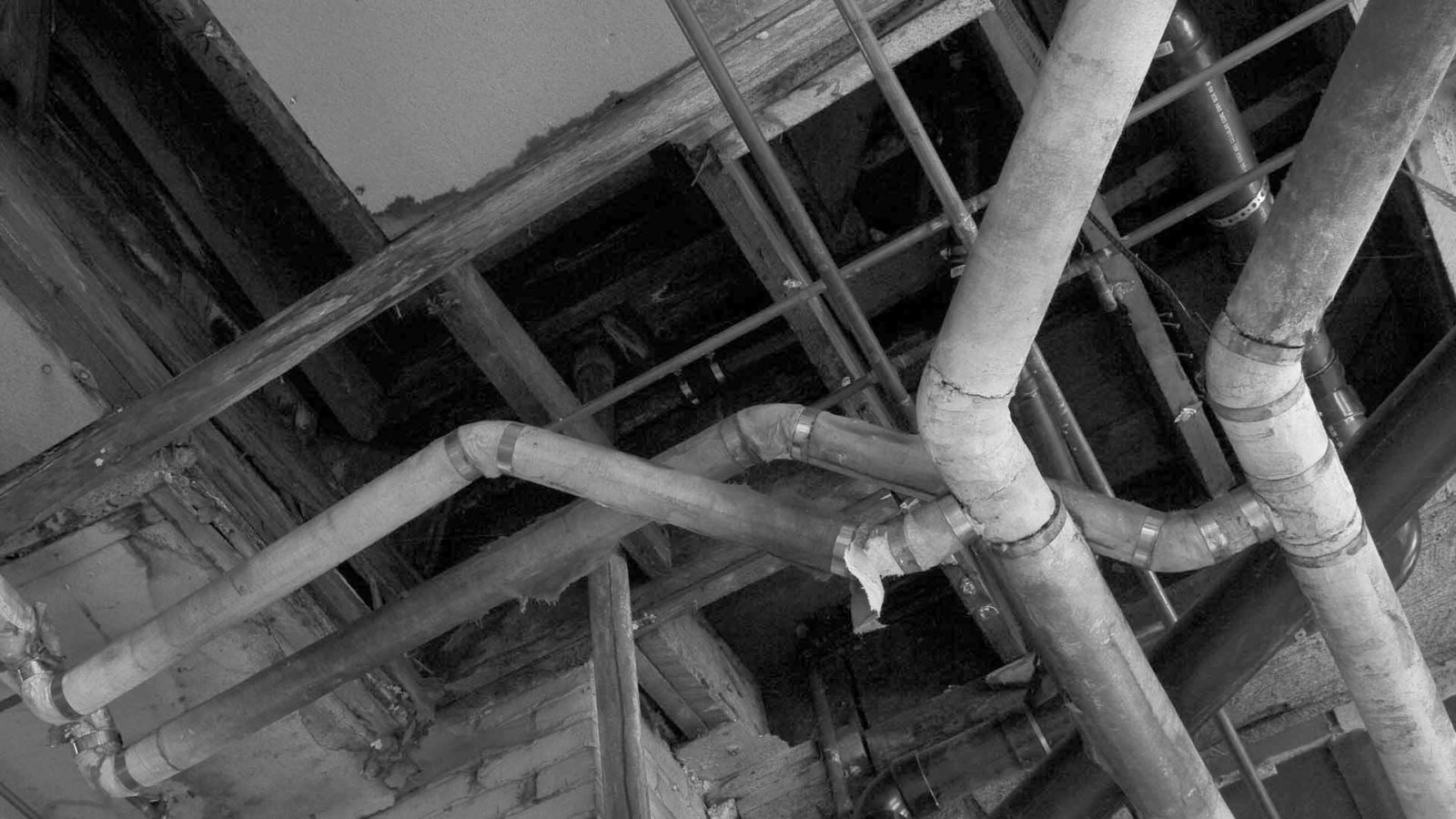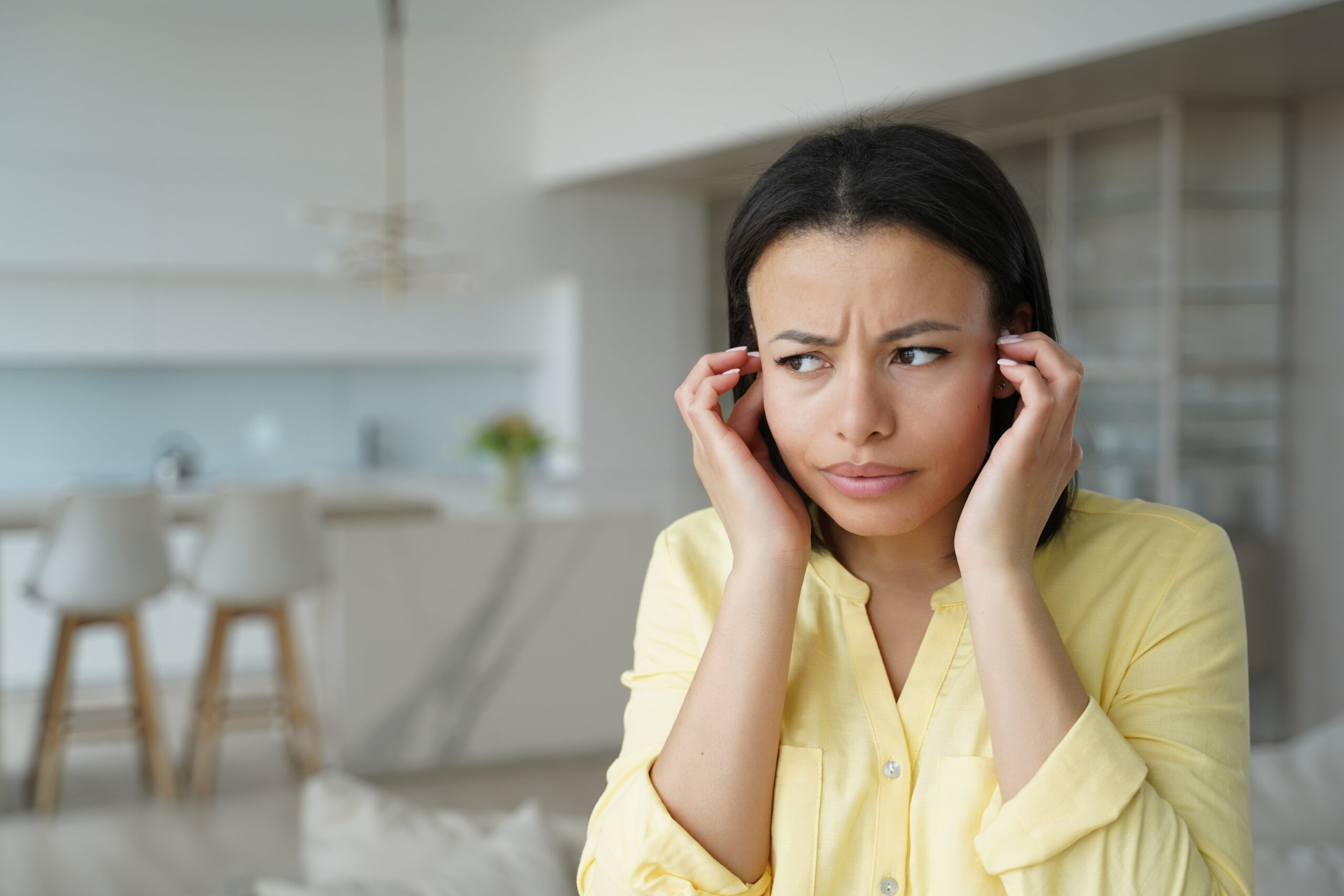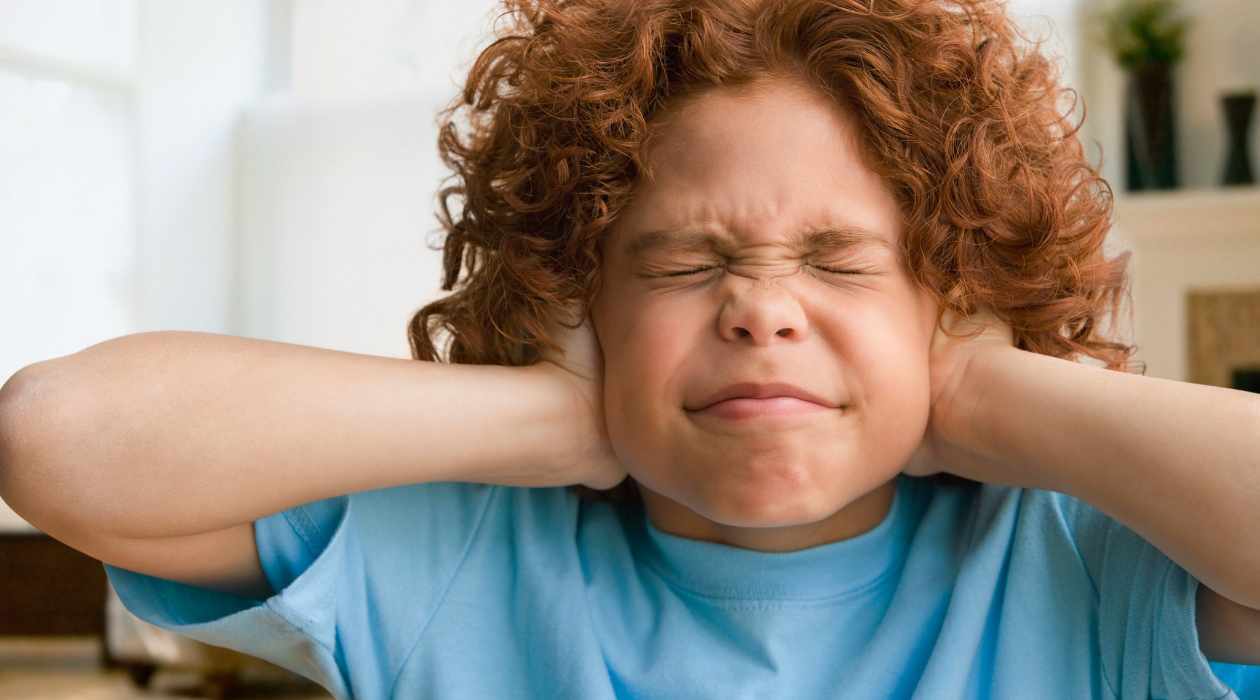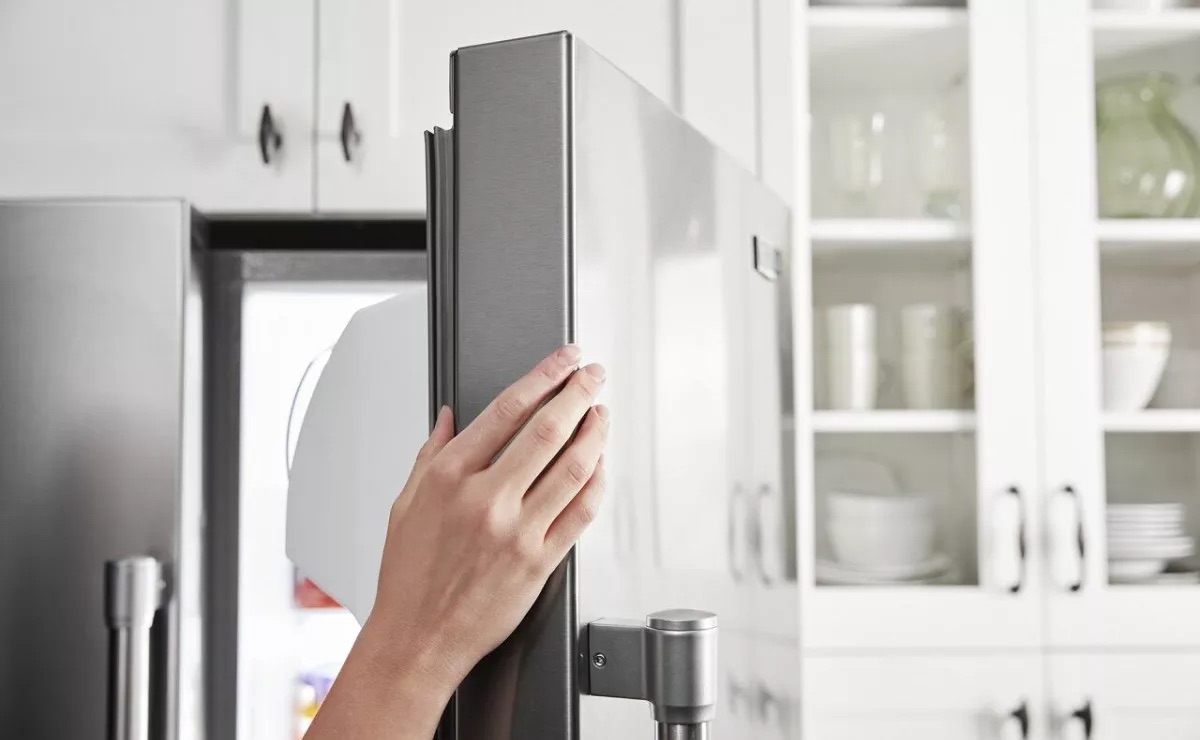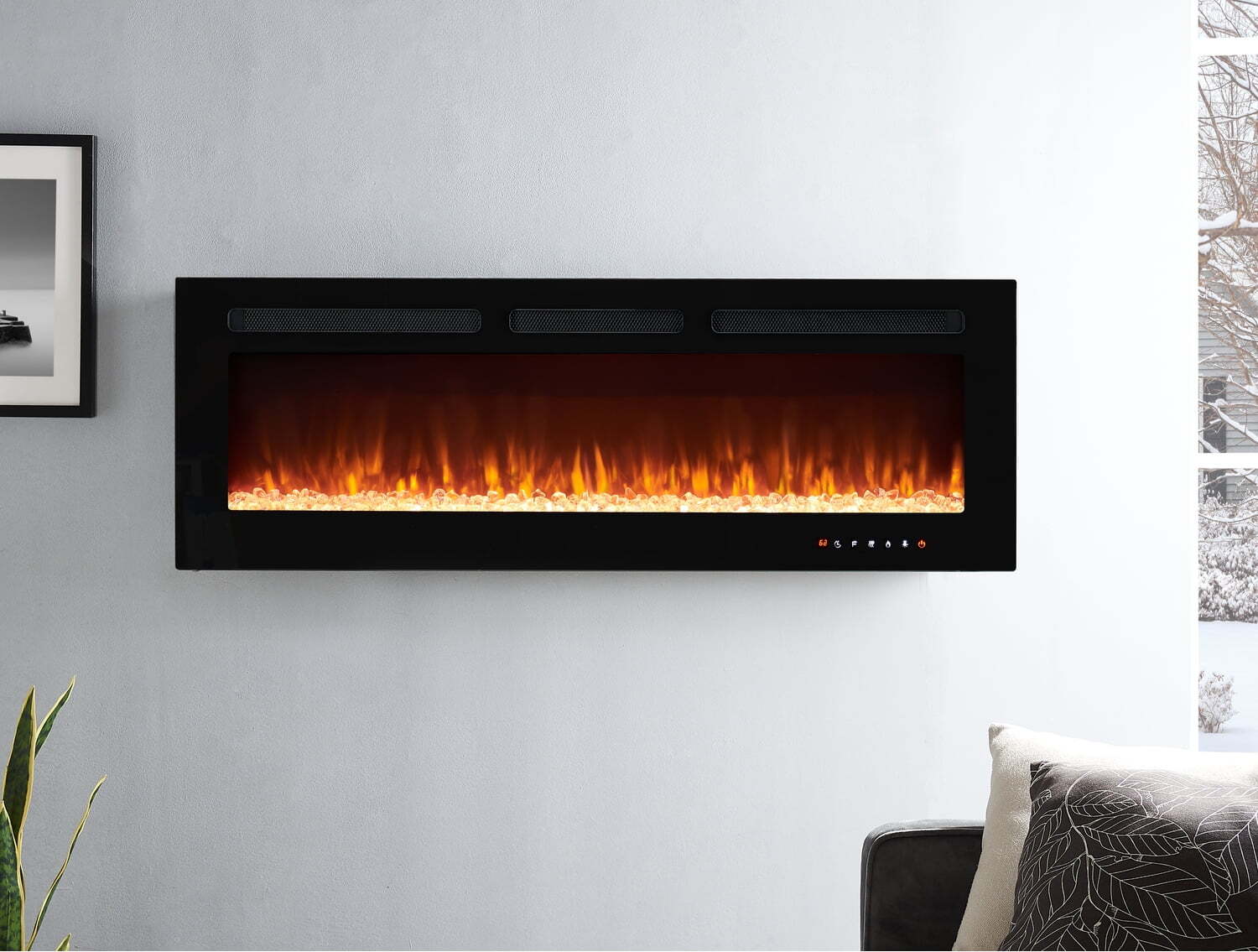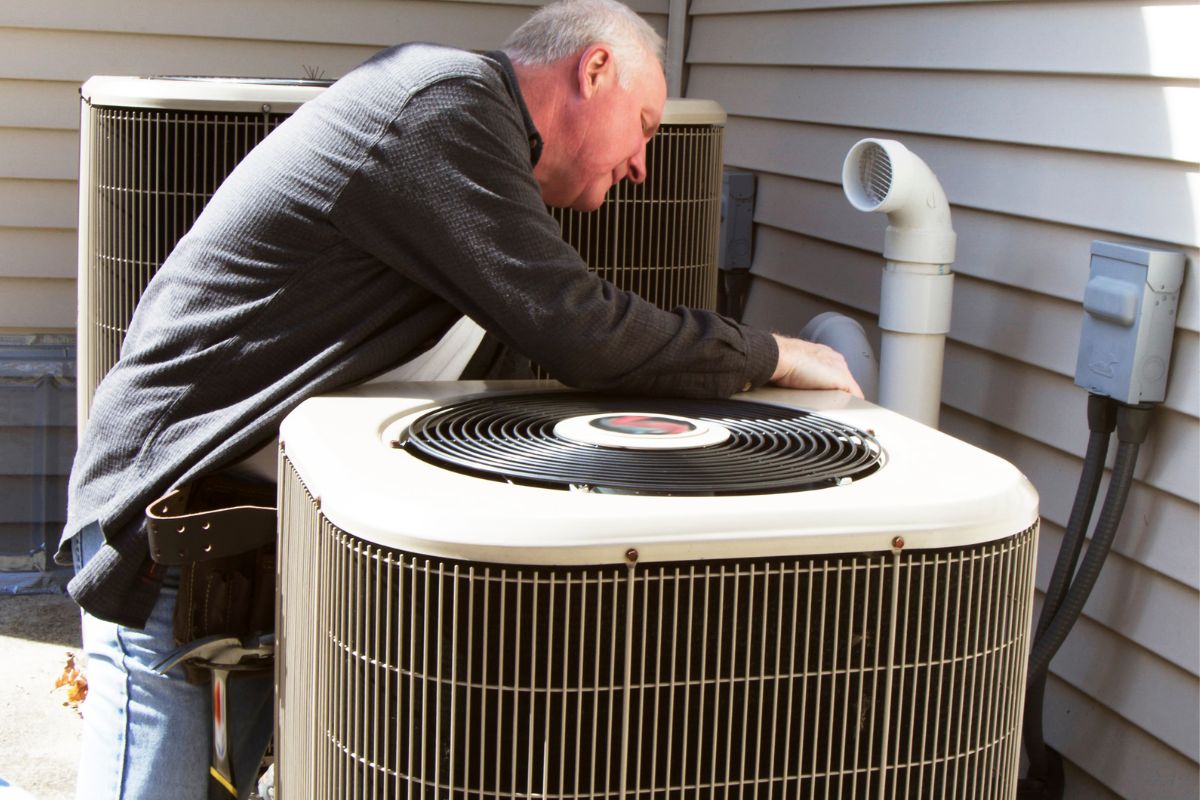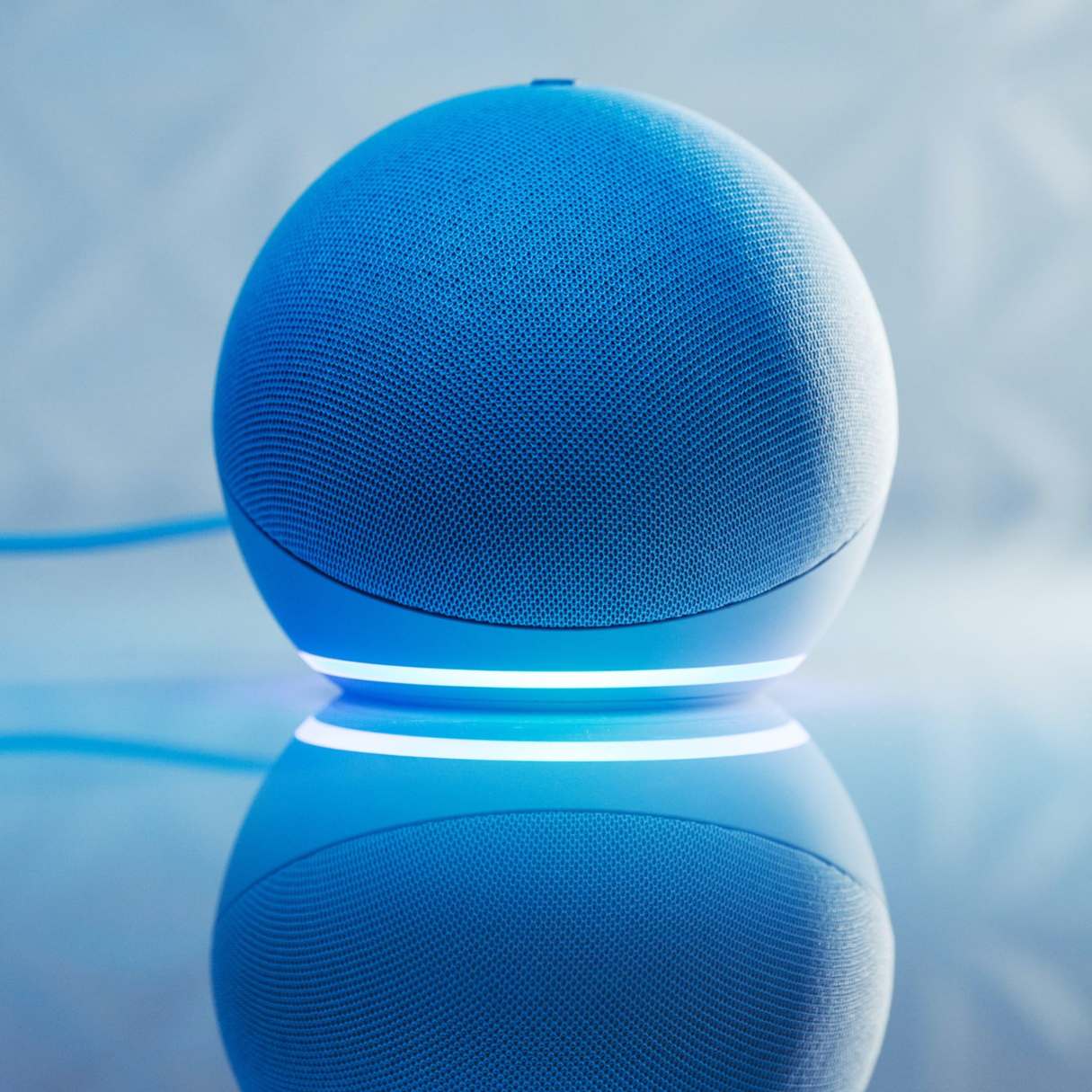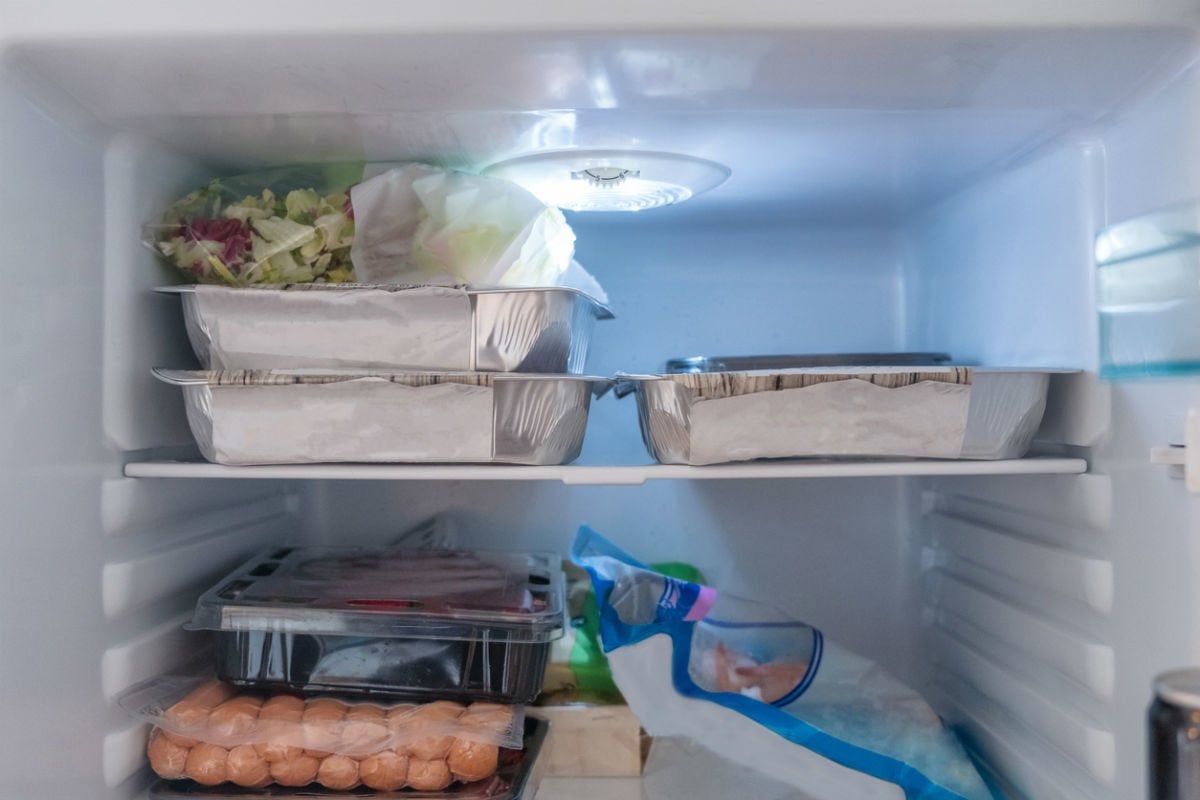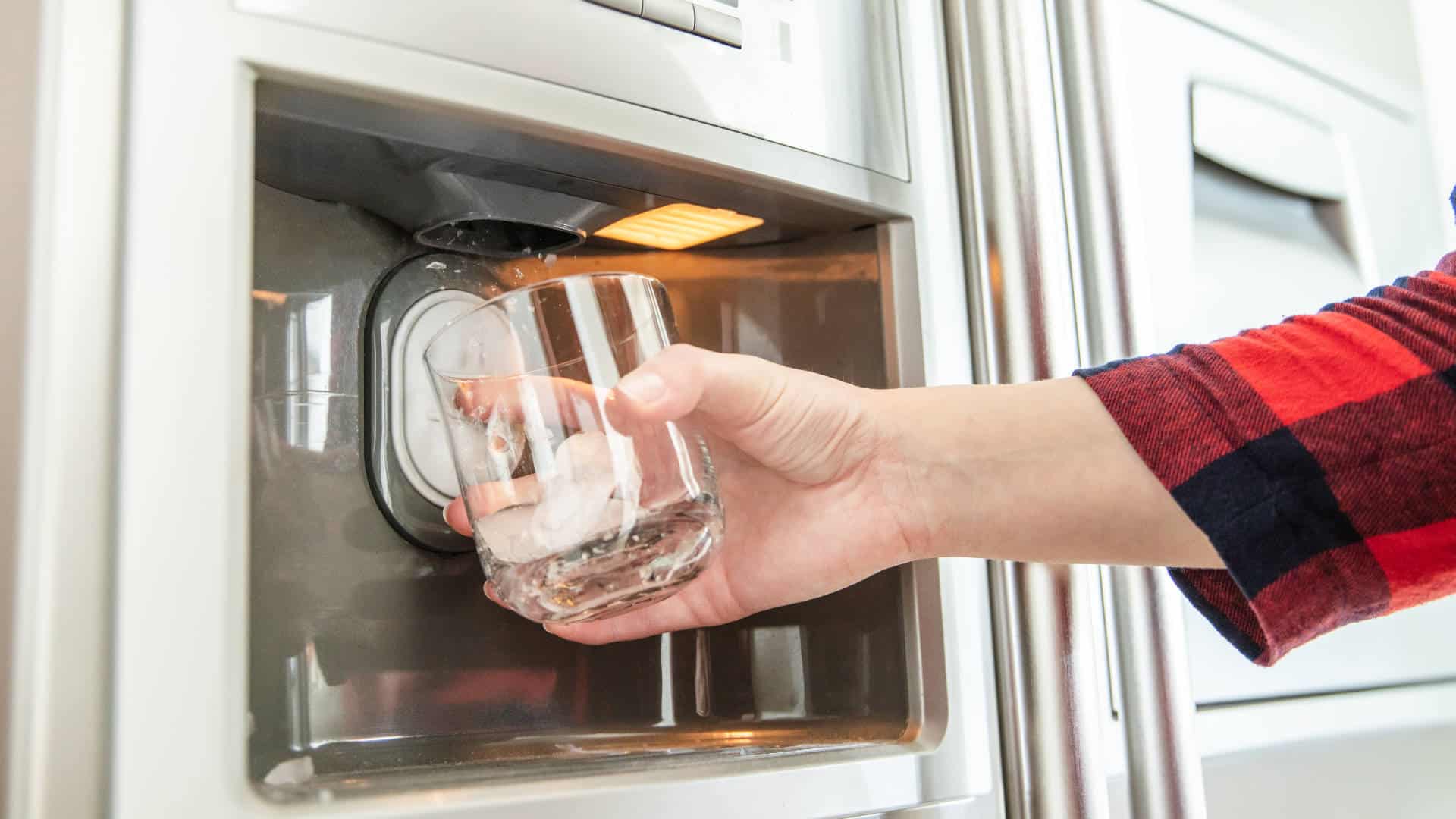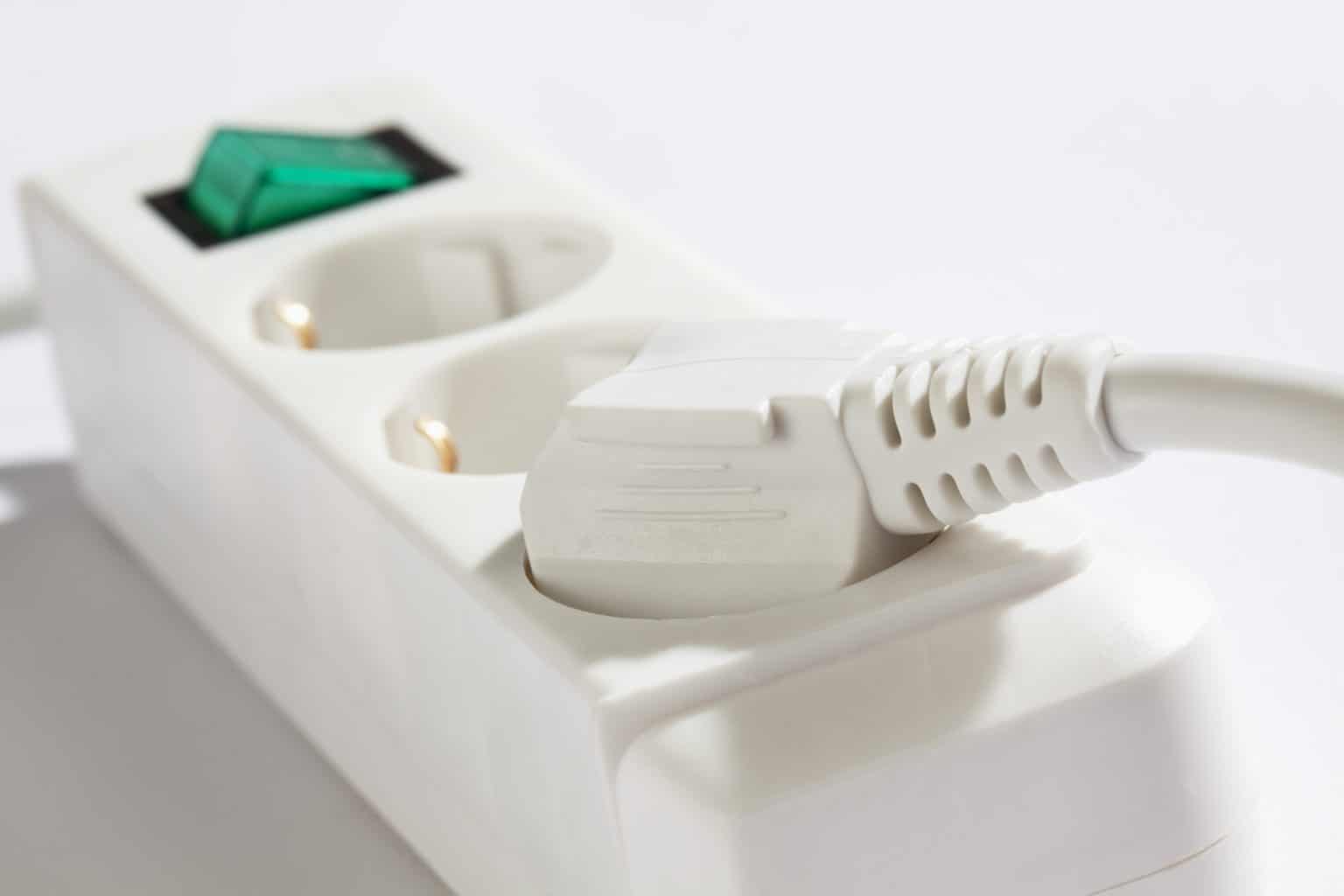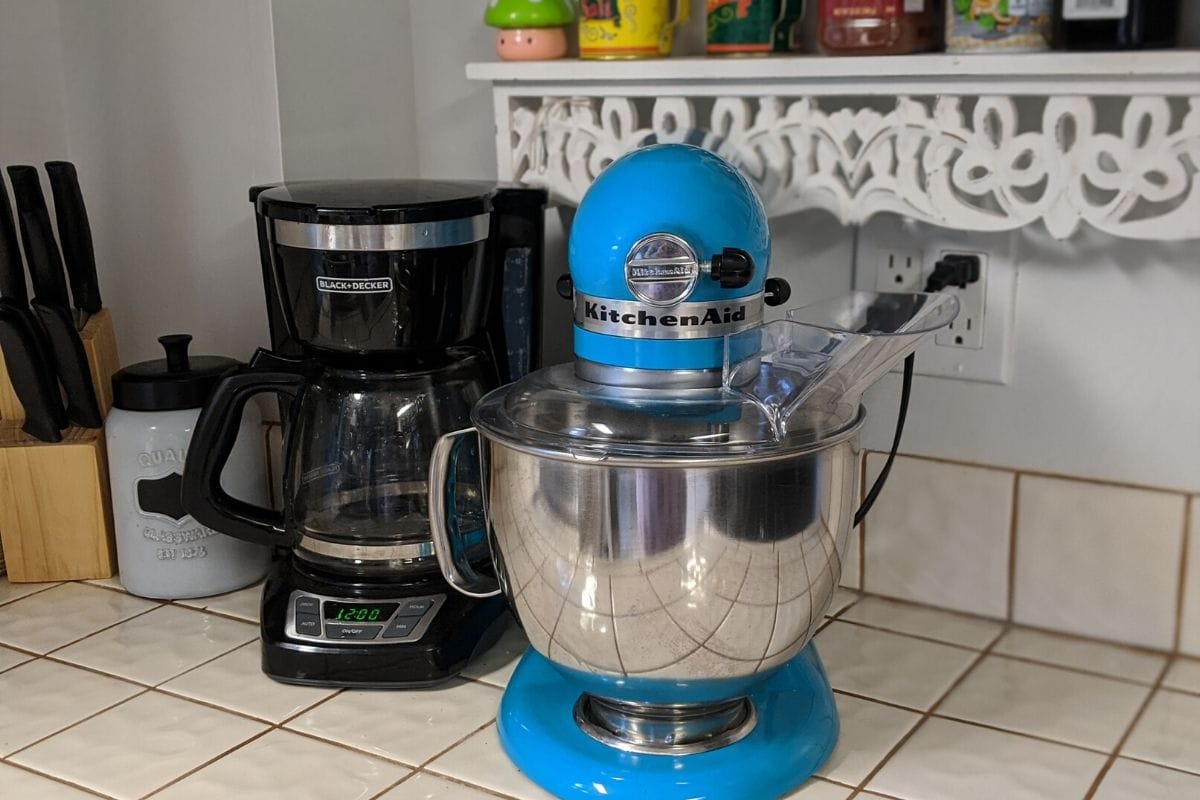Home>Furniture>Bedroom Furniture>Why Does My Air Mattress Make Noise When I Move
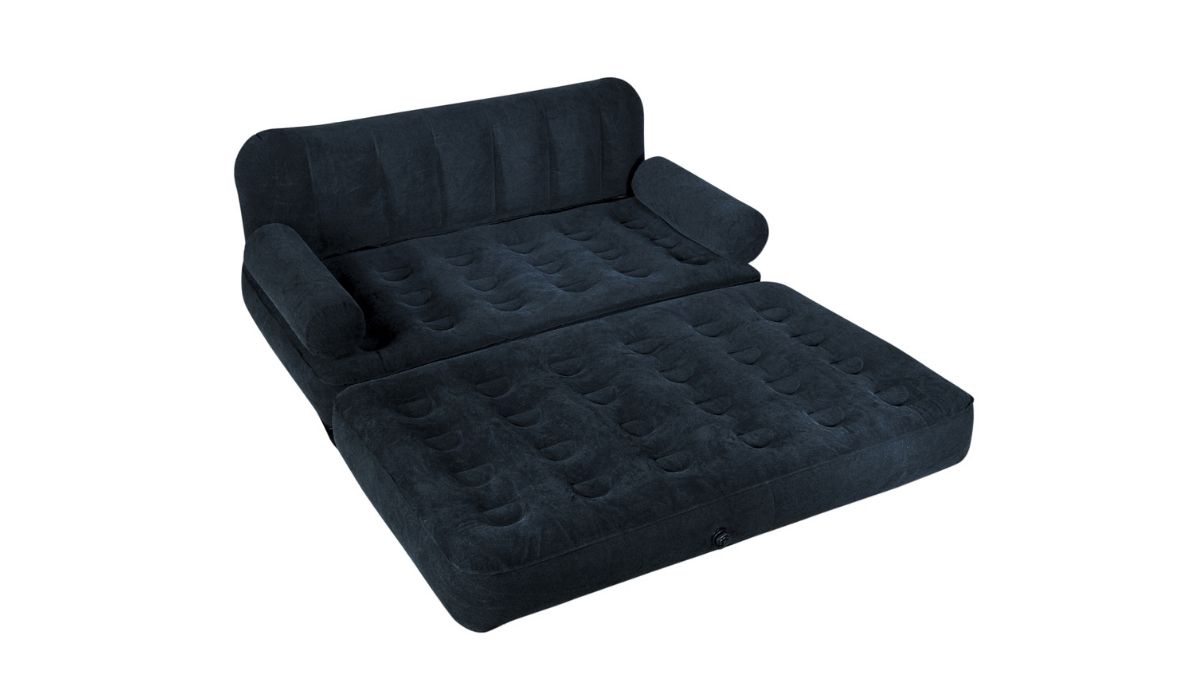

Bedroom Furniture
Why Does My Air Mattress Make Noise When I Move
Modified: October 21, 2024
Discover why your air mattress makes noise when you move and find solutions to enjoy a peaceful sleep. Explore the best bedroom furniture options for a quiet and comfortable night's rest.
(Many of the links in this article redirect to a specific reviewed product. Your purchase of these products through affiliate links helps to generate commission for Storables.com, at no extra cost. Learn more)
Introduction
Having a peaceful and comfortable night’s sleep is essential for our overall well-being. But what happens when your air mattress starts making noise every time you move? It can be incredibly frustrating and disrupt the tranquility of your bedtime routine. Understanding why your air mattress makes noise is the first step towards finding a solution.
Air mattresses are convenient sleep surfaces that offer flexibility and portability. They are commonly used for camping trips, accommodating overnight guests, or as temporary bedding during home renovations. However, they are not without their drawbacks. One of the most common complaints users have about air mattresses is the noise they make when shifting positions or getting in and out of bed.
In this article, we will delve into the various reasons why an air mattress may produce noise when you move and explore the steps you can take to alleviate or prevent this irritating issue. Understanding the factors contributing to the noise can help you make an informed decision when choosing an air mattress and find suitable solutions to minimize sound disturbances.
So, let’s dive deeper into the world of air mattresses and discover why these sleep surfaces can sometimes create unwanted noise.
Key Takeaways:
- Addressing air leaks, choosing a high-quality mattress, and using noise-reducing accessories can significantly minimize the noise from an air mattress, creating a more peaceful sleep environment.
- Regular maintenance, proper weight distribution, and careful movement can help prevent and reduce air mattress noise, enhancing overall sleep quality and comfort.
Read more: Why Does My Toilet Make Noise
Understanding Air Mattresses
Before we delve into the reasons why air mattresses make noise, it is important to have a basic understanding of how these mattresses work. Unlike traditional mattresses made of coils or foam, air mattresses rely on air-filled chambers to provide support and comfort.
Most air mattresses come with an electric or manual pump that allows you to inflate or deflate the mattress to your desired firmness level. This adjustability is one of the key advantages of air mattresses, as you can customize the level of support based on your preferences.
The core structure of an air mattress consists of the following components:
- Air Chambers: These chambers are the main compartments that hold the air. They are usually made of durable PVC or rubber material to prevent leaks.
- Supportive Layer: On top of the air chambers, there is a layer of foam, polyester, or other materials that provide cushioning and support.
- Surface Material: The top surface of the mattress is typically covered with a soft fabric or flocked material to enhance comfort and prevent slipping. This material can also contribute to the noise produced when moving on the mattress.
Now that we have a general understanding of how air mattresses are constructed, let’s explore some of the common causes of noise in these sleep surfaces.
Common Causes of Noise
When it comes to air mattresses, there are several factors that can contribute to the noise they produce. Let’s take a look at some of the most common causes:
- Air Leaks: One of the primary reasons for noise in an air mattress is air leakage. Over time, small punctures or leaks may develop in the air chambers, causing the mattress to lose air and create a crinkling or squeaking sound. These leaks can be the result of wear and tear, improper handling, or even sharp objects that come into contact with the mattress.
- Internal Structure: The design and construction of the air mattress can also affect the noise levels. Some mattresses may have internal support structures or coil systems that can creak or squeak when weight is applied. These internal components can create noise as they move or shift during sleep.
- Surface Material: The top surface of the mattress, commonly made of fabric or flocked material, can generate noise when it rubs against other surfaces, such as bedsheets or the sleeper’s clothing. Friction between the materials can produce a rustling or swishing sound, especially if the surface material is made of a slippery or noisy fabric.
- Movement and Friction: When you shift positions or get in and out of bed, the movement can cause the air inside the chambers to displace, resulting in noise. The friction between the moving parts, such as the air chambers and the supportive layer, can also contribute to the sound.
Now that we have identified the common causes of noise in air mattresses, let’s explore some preventive measures and solutions to help minimize or eliminate these noises.
Air Leaks
One of the primary culprits behind the noise in an air mattress is the presence of air leaks. These leaks can develop over time due to various reasons, including wear and tear, sharp objects, or improper handling of the mattress. When air escapes from the mattress, it can result in a crinkling or squeaking sound.
To address the issue of air leaks, here are some steps you can take:
- Inspect the mattress: Start by carefully inspecting the mattress for any visible signs of damage, such as holes, punctures, or tears. Check the seams, corners, and edges of the mattress, as these areas are more prone to developing leaks.
- Repair the leaks: If you find any small punctures or leaks, you can repair them using a patch kit specifically designed for air mattresses. These kits usually contain adhesive patches that can be applied over the damaged area to seal the leak. Follow the instructions provided with the patch kit to ensure a proper and secure repair.
- Use a mattress protector: Consider adding a mattress protector to your air mattress. Not only can it provide an extra layer of protection against punctures or tears, but it can also minimize noise caused by movement or friction between the sleeper and the mattress surface.
- Be cautious with sharp objects: Avoid placing your air mattress near sharp objects or rough surfaces that could potentially cause damage. Keep it away from sharp edges, pets with sharp claws, or any items that could puncture the mattress unintentionally.
- Properly inflate the mattress: Over or underinflating the mattress can put additional stress on the materials and increase the risk of developing leaks. Follow the manufacturer’s instructions for proper inflation to ensure the longevity and performance of your mattress.
By taking these precautions and addressing any air leaks promptly, you can significantly reduce the noise caused by escaping air and enhance the overall durability of your air mattress.
Internal Structure
The internal structure of an air mattress plays a significant role in the noise it produces. Some air mattresses feature internal support structures or coil systems that can create creaking or squeaking sounds when weight is applied. These sounds can be particularly bothersome and disrupt your sleep quality.
To address the issue of noise stemming from the internal structure of your air mattress, here are a few suggestions:
- Choose a quality air mattress: When purchasing an air mattress, opt for a high-quality model that is designed to minimize internal noise. Look for mattresses that feature reinforced support systems or coil systems that are less prone to producing sound.
- Consider a hybrid mattress: Hybrid air mattresses combine the benefits of air chambers with other supportive materials, such as foam or coils. These mattresses can provide better stability and reduce the chances of noise caused by the internal structure.
- Properly distribute weight: Uneven weight distribution on the mattress can lead to increased noise from the internal structure. Make sure to distribute your weight evenly while lying on the mattress and avoid putting excessive pressure on specific areas.
- Check for loose components: Over time, the internal components of an air mattress may loosen or shift position, leading to increased noise. Regularly inspect your mattress and tighten any loose components, such as screws or supports, to minimize noise.
- Use a mattress topper: Adding a mattress topper, such as a memory foam or latex topper, can not only provide extra comfort but also help dampen any internal noise. The soft cushioning of the topper can absorb vibrations and reduce sound transmission.
By considering these tips and exploring air mattresses with sound-reducing features, you can minimize the noise arising from the internal structure and enjoy a more peaceful night’s sleep.
To reduce noise when moving on an air mattress, try adding a thin layer of fabric or a mattress pad on top. This can help cushion and dampen the sound caused by the movement of the air inside the mattress.
Read more: Why Does My Attic Fan Make Noise
Surface Material
The surface material of an air mattress can also contribute to the noise it produces. When the fabric or flocked material on the top surface of the mattress rubs against other surfaces, such as bedsheets or the sleeper’s clothing, it can create rustling or swishing sounds. This noise can be particularly bothersome, especially if you are a light sleeper.
To address the issue of noise caused by the surface material, here are some suggestions:
- Choose a mattress with noise-reducing materials: Look for air mattresses that are specifically designed to minimize noise. Some models have surface materials that are specially engineered to reduce friction and noise when in contact with other surfaces.
- Use a mattress pad or protector: Adding a mattress pad or protector can not only offer an additional layer of comfort and protection for your air mattress but also help reduce noise. Opt for a pad or protector made of soft and noise-dampening materials.
- Opt for microfiber or brushed fabric sheets: When selecting bedsheets for your air mattress, choose microfiber or brushed fabric sheets. These materials are known for their softness and reduced noise when in contact with other surfaces.
- Minimize friction: To minimize the noise caused by friction, ensure that the surface of your air mattress is clean and free from any debris or objects that may cause additional rubbing or swishing sounds. Keep the mattress and bedsheets clean and free from dust or particles that could contribute to noise generation.
- Experiment with different bedding options: If you are still experiencing excessive noise, try different combinations of bedsheets and mattress pads to find the most noise-reducing solution for your air mattress.
By considering these tips and selecting air mattresses with noise-reducing surface materials, you can significantly diminish the noise generated by the mattress and enjoy a more peaceful and restful sleep.
Movement and Friction
When you shift positions or get in and out of bed, the movement and friction between different components of your air mattress can contribute to the noise it produces. The air chambers, supportive layer, and surface material rubbing against each other can create squeaking, creaking, or swishing sounds.
To address the issue of noise caused by movement and friction, consider the following suggestions:
- Position your mattress properly: Ensure that your air mattress is placed on a stable and level surface. Uneven or unstable surfaces can increase movement and friction, leading to more noise.
- Add a non-slip mat or grip pad: Placing a non-slip mat or grip pad beneath the mattress can help reduce movement and minimize noise. These pads provide traction and stability, preventing the mattress from sliding or shifting as you move.
- Invest in a motion-reducing air mattress: Some air mattress models are designed with motion-reducing features, such as internal air chambers that isolate movement. These mattresses can significantly reduce the transfer of motion and minimize noise when you shift positions.
- Use a mattress topper: Adding a mattress topper, especially one made of memory foam or a similar material, can help absorb movement and reduce noise. The cushioning effect of the topper minimizes the friction between the various layers of the mattress.
- Apply lubricant: Applying a small amount of lubricant, such as silicone spray, to the moving parts of the air mattress can help reduce friction and minimize noise. Ensure that the lubricant is safe for use on the materials of your mattress.
Experiment with these suggestions and find the combination that works best for your specific air mattress. By reducing movement and friction, you can greatly reduce the noise generated, allowing for a more peaceful and undisturbed sleep experience.
Prevention and Solutions
While it may be challenging to completely eliminate the noise from an air mattress, there are preventive measures and solutions you can implement to minimize the disturbances and enjoy a quieter sleep environment. Here are some recommendations:
- Choose a high-quality air mattress: Investing in a reputable brand and high-quality air mattress can make a significant difference in the noise level. Look for mattresses that are designed with noise reduction features or technologies.
- Follow proper inflation guidelines: Over or underinflating the mattress can contribute to noise as the materials may stretch or strain. Follow the manufacturer’s guidelines for correct inflation levels to maintain optimal performance and reduce noise.
- Inspect and maintain your mattress: Regularly inspect your air mattress for any signs of damage, such as leaks or tears, and address them promptly. Perform routine maintenance checks to ensure the integrity of the mattress and minimize noise-causing issues.
- Minimize movement: When getting in and out of bed or shifting positions during sleep, try to do so slowly and gently to reduce the amount of movement and friction. This can help minimize noise generated by the mattress components rubbing against each other.
- Keep the mattress clean and dry: Maintaining a clean and dry sleeping surface can prevent the buildup of debris or particles that may create noise. Clean the mattress regularly according to the manufacturer’s instructions and ensure it is completely dry before use.
- Use additional noise-dampening accessories: Consider using additional accessories to further reduce noise, such as placing a thick blanket or quilt under the mattress to absorb vibrations and muffle sounds.
- Manage expectations: It is important to remember that air mattresses, by nature, may produce some level of noise. Understanding and accepting this can help manage your expectations and focus on other benefits, such as portability and adjustability.
By implementing these preventive measures and solutions, you can minimize the noise from your air mattress and create a calmer sleeping environment. Remember to assess your sleep preferences and choose an air mattress that aligns with your needs in terms of noise reduction.
Regular Maintenance
Regular maintenance of your air mattress is essential for its longevity, performance, and noise reduction. By implementing a few simple maintenance practices, you can keep your mattress in optimal condition and prevent potential issues that may lead to increased noise. Here are some tips for regular air mattress maintenance:
- Inspect for damage: Regularly inspect your air mattress for any signs of damage, such as punctures, leaks, or tears. Addressing these issues promptly can prevent them from worsening and causing increased noise.
- Clean the mattress: Clean the surface of your air mattress regularly to remove any dust, dirt, or debris that may contribute to noise or affect the overall performance. Use a mild detergent or cleaner recommended by the manufacturer and follow the cleaning instructions provided.
- Protect from sharp objects: Take precautions to protect your air mattress from sharp objects, such as removing any items that could potentially puncture or damage the mattress. Avoid placing the mattress on rough or abrasive surfaces that may cause friction and contribute to increased noise.
- Properly store the mattress: When not in use, store your air mattress in a clean and dry environment. Ensure that it is fully deflated and folded or rolled according to the manufacturer’s instructions. This will help prevent damage and maintain its performance over time.
- Check the valves and seams: Inspect the valves and seams of your air mattress regularly to ensure they are secure and free from any leaks. Tighten the valve caps and repair any loose or damaged seams to prevent air leakage and noise generation.
- Avoid overloading weight capacity: Adhere to the recommended weight capacity of your air mattress. Overloading the mattress can put excessive stress on the materials and contribute to noise and potential damage.
- Keep pets away: If you have pets, prevent them from jumping or clawing on the air mattress, as their actions can potentially puncture the mattress and create noise.
By incorporating these regular maintenance practices into your air mattress care routine, you can not only extend its lifespan but also reduce the likelihood of noise issues. Remember to consult the manufacturer’s guidelines and instructions for specific maintenance recommendations tailored to your mattress model.
Read more: Why Does My Alexa Make Random Noises
Conclusion
Dealing with a noisy air mattress can be a frustrating experience, but it’s important to understand that there are various factors that can contribute to the noise. By gaining a better understanding of these causes and implementing preventive measures and solutions, you can minimize or eliminate the noise and enjoy a quieter sleep environment.
Air leaks, internal structure, surface material, and movement and friction are common culprits of air mattress noise. Taking steps such as inspecting and repairing leaks, choosing high-quality mattresses with noise-reducing features, using mattress toppers or pads, and practicing careful movement can all contribute to reducing noise levels.
Regular maintenance of your air mattress is crucial for its performance and noise reduction. By keeping your mattress clean, protecting it from sharp objects, checking valves and seams, and storing it properly, you can prevent potential issues and maintain a quieter sleep surface.
While it may be challenging to find an air mattress that is completely silent, managing your expectations and focusing on the convenience and flexibility that air mattresses provide can help you approach the noise issue with a more positive mindset.
Remember to consider your sleep preferences, choose a high-quality air mattress with noise-reducing features, and follow proper inflation guidelines to minimize noise. By implementing these tips and solutions, you can enhance your sleep experience and enjoy a more peaceful and restful night’s sleep on your air mattress.
Frequently Asked Questions about Why Does My Air Mattress Make Noise When I Move
Was this page helpful?
At Storables.com, we guarantee accurate and reliable information. Our content, validated by Expert Board Contributors, is crafted following stringent Editorial Policies. We're committed to providing you with well-researched, expert-backed insights for all your informational needs.
